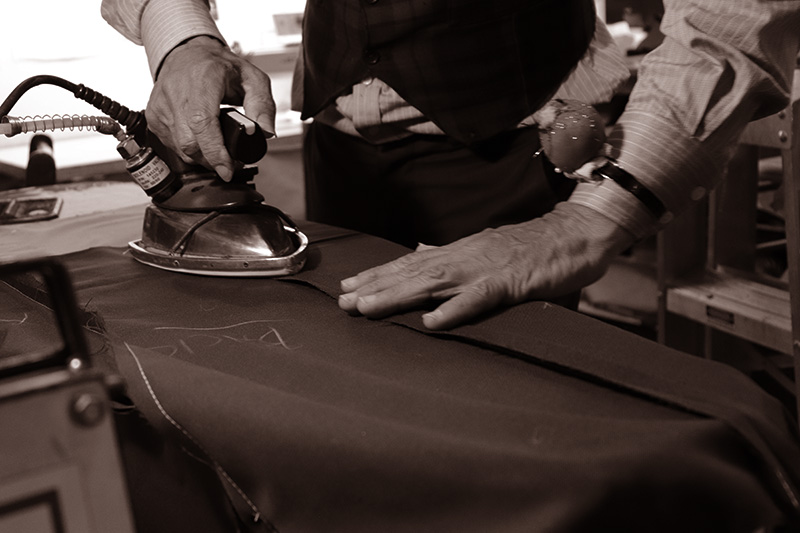‘Green’ fashion is an older trend among the clothing industry, but it’s one that resonates with many people. With climate change and other environmental concerns floating over our heads today, many industries are trying to push forward with eco-friendly products and services. The clothing and tailoring industry is no different.
Sharing a world with the limited resources we need for our uses, we are continually finding ways to circumvent these limits. Tailoring is another profession that has always been one to repurpose and recycle as well as create. This is a profession that has been perfecting their methods for thousands of years with not just the traditional materials. The very crux of tailoring is to use everything at their disposal to create functional and fashionable garments, reusing the materials available. Masters of clothing and masters of reusability, constantly improving fashion, clothing production, and client experiences.
The benefit of working on sustainable and green fashion is abundantly clear: it contributes to a cleaner environment to live in, it promotes a progressive attitude, and it brings a wonderful feeling to have worked so compassionately and with great regard for the world around you.
Pre-made clothes can be made with environmentally friendly materials like cotton, hemp, bamboo, and more. But there are still many that aren’t made with environmentally friendly materials and what are we to do with those? This is where tailoring can come in.
Not only can a skilled tailor create new garments with eco-friendly and ethically sourced materials, but they can breathe new life into old ones. Repairing ripped or broken clothes, altering hand-me-downs for younger siblings, fixing mishaps.
There is another technique called reverse tailoring, recycling and upcycling old garments for new purposes. We’ve all heard the Three Rs: reduce, reuse, recycle. That is exactly what reverse tailoring works to do. Brides sometimes take their dresses to the tailors after the wedding to reuse them for baby clothes or keepsakes. It’s a great innovation and keeps from leaving a beautiful garment gathering dust in closets.
Reverse tailoring is also easy on wallets. It can be cost-effective in the short-term to simply buy new clothes when the old ones tear and gather too many stains. But your finances will appreciate it if you invest in your clothes to keep them useful for longer. Cheaper clothes can sometimes only last a season before you have to buy new all over again. But a tailored and strengthened outfit can last for years with different uses, reducing the number of times you need to buy new.
These techniques are not only helpful for keeping a cleaner Earth for us and our children, but improves on our inventive attitudes, and reduces our waste in the long run.


Leave a comment